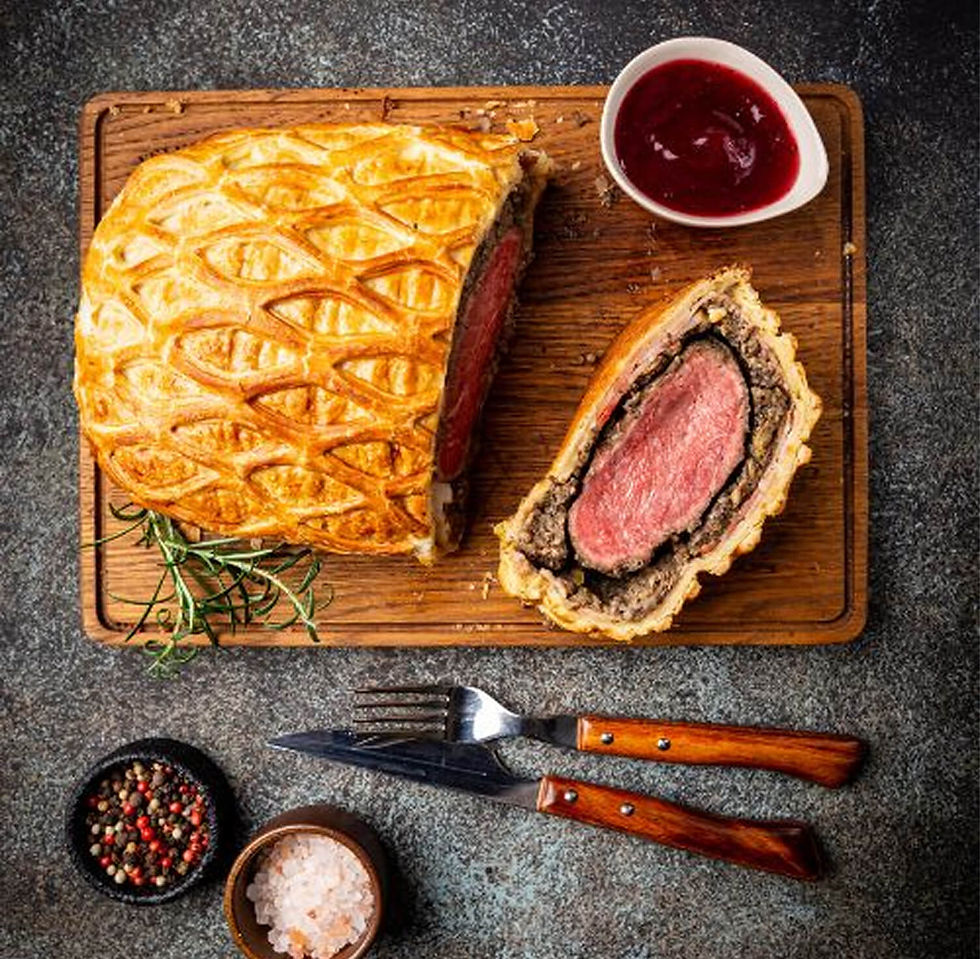‘An Insult to Life Itself’: Miyazaki’s Words Echo as AI’s Ghibli-Inspired Facade Hides a Dark Truth
- Alapan Mondal
- Mar 29
- 3 min read
Updated: Apr 2
The internet is once again enchanted by the nostalgic allure of Studio Ghibli’s aesthetic. From the whimsical adventures of Totoro to the poignant journey of Chihiro in "Spirited Away," the studio's creations evoke a sense of wonder and nostalgia that transcends cultural boundaries. But this time, it's not the legendary animators behind the magic. AI-generated images emulating Ghibli's signature style flood social media, leaving viewers in awe. However, amidst the admiration, a resurfaced video of Ghibli co-founder Hayao Miyazaki has reignited controversy, with the iconic filmmaker famously condemning AI animation as an "insult to life itself."


It all kicked off this week when OpenAI dropped its shiny new toy, an update to GPT-4o that’s so good at mimicking artistic styles, it’s practically a shapeshifter. Users quickly latched onto its ability to churn out Studio Ghibli-esque images, think Spirited Away vibes or My Neighbor Totoro charm, with just a few typed prompts. “Make me a Ghibli version of my dog in a magical forest!” Done. “Turn this old photo of my grandma into a Ghibli scene!” Boom, there it is. Hashtags like #GhibliStyle and #AIGhibli exploded, and soon, everyone from influencers to your cousin Dave was posting their AI-crafted masterpieces. It’s a digital art party, and the guest list is endless.
The juxtaposition is stark, a philosophical fault line exposed by the speed of technological advancement. Why does this trend, seemingly born of innocent admiration, feel so… wrong? Why does Miyazaki's visceral reaction resonate so deeply with many artists and fans? Perhaps it's because this isn't just about mimicking a visual style; it's about something far more profound: the very essence of creativity, the soul of art, and the value we place on human experience.
The allure of these AI Ghibli images is undeniable. They bring back fond memories of beloved films that have shaped our imaginations. The idea of turning everyday moments like a selfie, a pet photo, or a popular meme into something with that magical Ghibli touch is exciting. It shows our desire to see the world with more wonder and warmth. But is this a true appreciation of the art, or just a shallow use of its style without understanding its deeper meaning?
"insult to life itself." - Hayao Miyazaki
Miyazaki's condemnation, uttered in a 2016 documentary after witnessing an unsettling AI animation, wasn't a mere dismissal of technology. It was a deeply humanistic response to something he perceived as lacking the fundamental connection to life, to pain, to the very essence of being. Studio Ghibli's films are celebrated not just for their visual beauty but for the palpable human effort poured into each hand-drawn frame. They are imbued with the spirit of their creators, their individual quirks and passions woven into the fabric of the animation. Can an algorithm, however sophisticated, truly replicate that? Can it capture the subtle tremor in a hand-drawn line that speaks volumes about a character's emotion?
The ethical implications of this AI trend are also troubling. While OpenAI claims to have safeguards against mimicking the style of living artists, the very act of training AI on vast datasets of copyrighted material, including Studio Ghibli's films, raises questions of ownership and consent. Is it merely homage, or is it a form of digital appropriation, devaluing the work of human artists who have dedicated their lives to honing their craft? Artist Karla Ortiz, who is involved in copyright lawsuits against AI image generators, aptly described this trend as "another clear example of how companies like OpenAI just do not care about the work of artists and the livelihoods of artists".
Perhaps the deepest sadness in this trend lies in the subtle shift in our perception of art. Are we becoming so enamored with the ease and novelty of AI-generated content that we risk losing appreciation for the labor, the intention, the very human soul that breathes life into true art? When we marvel at an AI-generated Ghibli landscape, are we truly seeing beauty, or are we merely recognizing a familiar pattern, a ghost of artistry without the genuine spirit?
Miyazaki's words, "an insult to life itself," carry a weight that transcends the immediate context of AI animation. The viral Ghibli AI trend may seem like harmless fun, but it serves as a reminder of this ongoing tension. As we explore AI's potential, we must also consider the ethical and philosophical questions it raises about the nature of art and the irreplaceable role of human touch and emotion in its creation. Only by acknowledging the complex implications of this AI Ghibli-Inspired Facade can we ensure that technology enhances, rather than diminishes, the soul of artistic expression.
1
Searing the Beef
Sear beef fillets on high heat for 2 minutes per side to form a golden crust. Let it cool before proceeding to keep the beef tender.
1
Searing the Beef
Sear beef fillets on high heat for 2 minutes per side to form a golden crust. Let it cool before proceeding to keep the beef tender.
1
Searing the Beef
Sear beef fillets on high heat for 2 minutes per side to form a golden crust. Let it cool before proceeding to keep the beef tender.
1
Searing the Beef
Sear beef fillets on high heat for 2 minutes per side to form a golden crust. Let it cool before proceeding to keep the beef tender.
Notes



1
Season the good fresh beef fillets with salt and black pepper. Heat olive oil in a pan over high heat and sear the fillets for 2 minutes per side until it fully browned. Remove the beef from the pan and brush with a thin layer of mustard. Let it cool.



1
Season the good fresh beef fillets with salt and black pepper. Heat olive oil in a pan over high heat and sear the fillets for 2 minutes per side until it fully browned. Remove the beef from the pan and brush with a thin layer of mustard. Let it cool.



1
Season the good fresh beef fillets with salt and black pepper. Heat olive oil in a pan over high heat and sear the fillets for 2 minutes per side until it fully browned. Remove the beef from the pan and brush with a thin layer of mustard. Let it cool.



1
Season the good fresh beef fillets with salt and black pepper. Heat olive oil in a pan over high heat and sear the fillets for 2 minutes per side until it fully browned. Remove the beef from the pan and brush with a thin layer of mustard. Let it cool.
Instructions
Quality Fresh 2 beef fillets ( approximately 14 ounces each )
Quality Fresh 2 beef fillets ( approximately 14 ounces each )
Quality Fresh 2 beef fillets ( approximately 14 ounces each )
Beef Wellington

Beef Wellington
Fusion Wizard - Rooftop Eatery in Tokyo
Author Name

Beef Wellington is a luxurious dish featuring tender beef fillet coated with a flavorful mushroom duxelles and wrapped in a golden, flaky puff pastry. Perfect for special occasions, this recipe combines rich flavors and impressive presentation, making it the ultimate centerpiece for any celebration.
Servings :
4 Servings
Calories:
813 calories / Serve
Prep Time
30 mins
Prep Time
30 mins
Prep Time
30 mins
Prep Time
30 mins





Comments